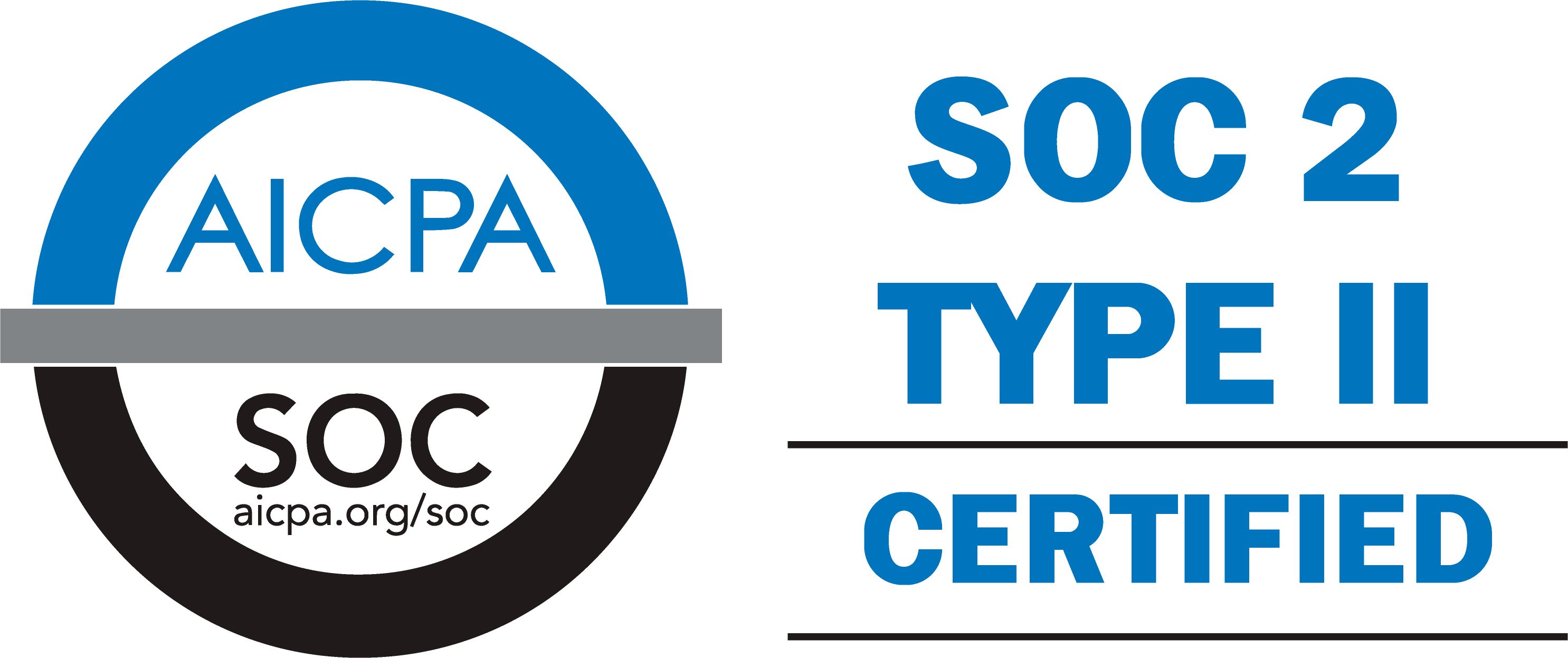|
October 13, 2022 |
Categories: Informative Articles |
The Importance of Early Identification and Prenatal Care in Managing Common Pregnancy Complications
Pregnancy is an exciting time when many women imagine their new addition to their family. But pregnancy can also be scary. As women increasingly become pregnant with pre-existing chronic conditions like hypertension, diabetes, obesity, substance use disorder, anxiety and depression, pregnancy complications are on the rise.
The good news is that thanks to early, routine prenatal care, many of these conditions are treatable.
Mental Health
Perinatal depression and anxiety are some of the most common pregnancy complications. While these serious medical conditions won’t go away on their own, they are treatable.
Perinatal depression—feeling low, sad or overwhelmed—and perinatal anxiety—excessive worry and panic—are mood disorders characterized by these feelings when they linger for more than a week or two during pregnancy.
Depression and anxiety that persist during pregnancy can make it hard for a mom to perform everyday activities, including caring for herself and her baby.
Gestational Diabetes
Diabetes is a medical condition in which the pancreas doesn’t make enough insulin, the hormone that helps the body maintain the right amount of glucose, resulting in too much sugar in the blood. Gestational diabetes occurs during pregnancy.
Nearly 10 percent of pregnant women in the United States have gestational diabetes. The condition can cause serious health problems, including macrosomia, when a baby grows much larger than normal. During delivery, the baby’s shoulders can get stuck, which can lead to heavy bleeding, collarbone and arm fractures, and nerve damage.
Most pregnant women are tested for gestational diabetes at 24 to 28 weeks of pregnancy. It can usually be controlled and treated during pregnancy, and typically goes away after birth.
Preeclampsia
Preeclampsia is a sudden spike in a pregnant woman’s blood pressure. The mom’s high blood pressure reduces the blood supply to the baby, who may get less oxygen and fewer nutrients as a result.
The rate of preeclampsia in the United States has increased 25 percent in the last two decades and may be related to the higher prevalence of pre-existing conditions like hypertension, diabetes, obesity, delay in child-bearing, and the use of artificial reproductive technologies with associated increase in multi-fetal gestation.
Infections
During pregnancy, babies are naturally protected from many illnesses. But some infections that occur during pregnancy or delivery may lead to serious complications for mom and baby.
Some infections can impact a fetus during pregnancy, while other infections can pass from mother to baby during delivery, when the infant passes through the birth canal.
Fortunately, many infections can be prevented with simple measures like vaccines, hand washing and avoiding certain foods. In addition, many can be detected and treated through pre-pregnancy, prenatal and postpartum care.
Early, Routine Prenatal Care for the Win
Identifying at-risk moms gives healthcare providers the opportunity earlier in pregnancy to diagnose, treat and manage these conditions before they have time to become even more serious.
Approximately 40 percent of health plans miss pregnancy identification prior to birth, resulting in higher preterm birth rates, longer NICU stays and potential long-term health complications.
Using proprietary AI algorithms with higher predictive power, Lucina provides pregnancy identification and risk stratification data that improves the effectiveness of health plan maternity care management resources. This ultimately leads to better outcomes for mom and baby.
Lucina identifies 98% of moms before delivery and 70% in the first trimester, far earlier than many health plans currently do on their own.
Identifying these moms earlier allows for critical first-trimester prenatal visits, builds more solid doctor-patient relationships, and improves the chances they will receive routine, quality care throughout pregnancy.
For more information about our predictive analytic tool, contact us here. And don’t forget to follow us on LinkedIn and Twitter.



